10 Times We Realized We Wouldn't Trade Our Parents for the World

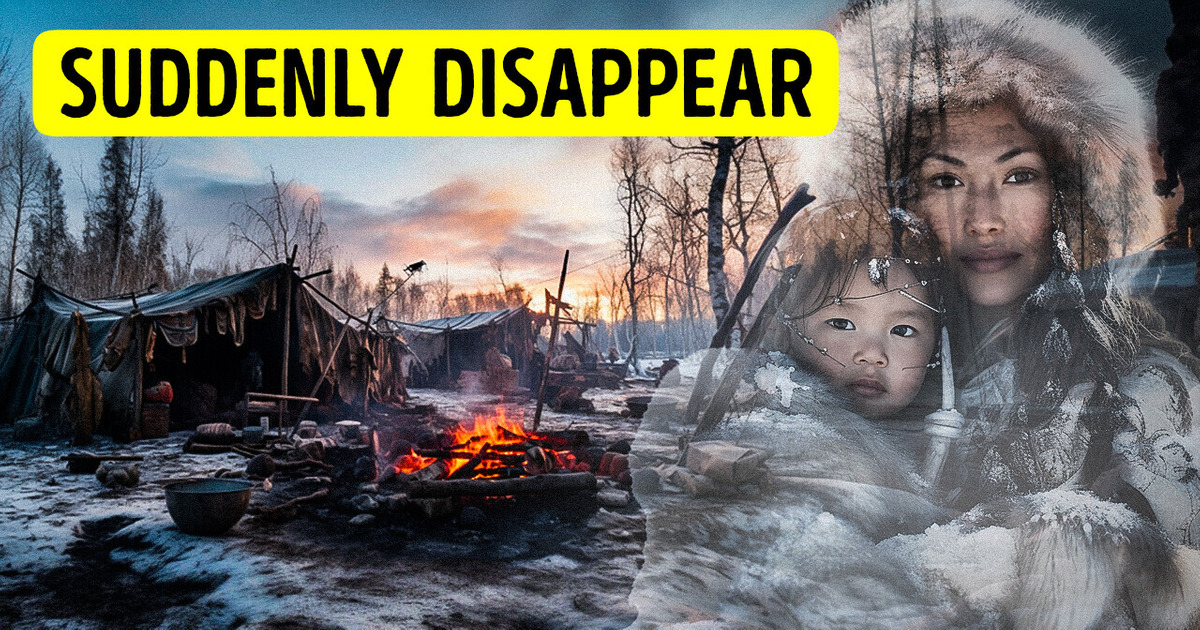
There’s a heavy snowstorm. The cold penetrates his bones. His legs are almost knee-deep in snow. Experienced hunter Joe Labelle makes his way through the forest, covering his face from the headwind. Any other person would have already fallen and screamed in despair, but not Joe Labelle. He can survive in any circumstances and always knows what to do. Right now, he’s heading to one of the villages in the far north of Canada.
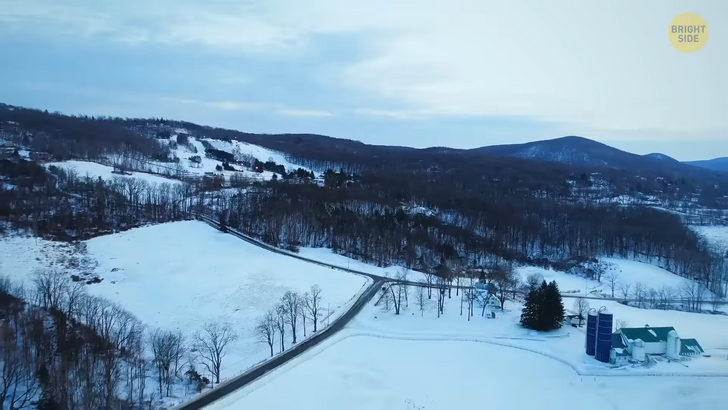
This small settlement is located on Lake Anjikuni (an-jee-KUni). The inhabitants of this village are Inuit, indigenous people of North America. Joe hasn’t eaten or drunk for a long time. He needs good sleep and a hot meal, which he hopes to get from the hospitable Inuits. Through trees and a white haze, he notices the silhouettes of tents. Smoke is coming from some houses. Joe will probably get there in time for lunch.
He reaches the village, and, at this moment, the wind calms down. The blizzard has ended. The hunter speeds up and goes toward the village located along the frozen lake. It’s strange, but there are no locals anywhere. Probably, everyone is sitting in their houses, waiting out the blizzard. “Hello?” Joe says loudly but gets no response. Great! Smoke is coming out of this tent. Joe knocks on the wall, but no one opens it.
He knocks a few more times and goes inside. The little tent is empty. All things are in their places. There’s a piece of cloth with needles and thread on the table. Firewood is smoldering in the fireplace. It seems that people have just left this place. Joe goes into the next tent and sees the same picture. All things are in their places, but there are no people.
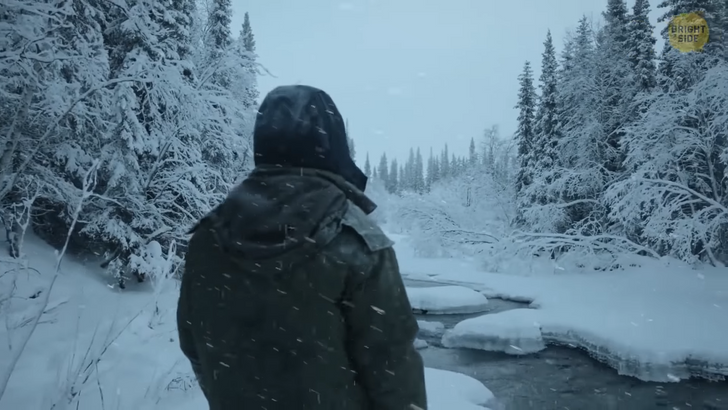
Joe walks past the tents and sees a pit where a bonfire once burned. There is a rope above it, with the meat that the Inuit were cooking hanging on it. For some reason, they didn’t eat it. Lake Anjikuni is part of a chain of waterways. Here, the Inuits fished and traded various goods. Usually, there are many people here, but now something has forced them to leave their homes.
Why did they leave their things behind, and where did they go? There are no tracks around the village. All the sleds are in place. The Inuits have even left their dogs here. And dogs help them to hunt and ride sleighs. No one will leave warm clothes and dogs here when moving away, especially in severe weather. Joe Labelle knows all this, so he concludes that something terrible has happened here. His body is shaking, not from the cold but from fear. After going around the entire settlement, he finds not a single soul.
Terrified, he leaves the village, heads for the nearest telegraph pole, and sends a message to the police. After a while, more and more people arrive. The police are trying to find traces of missing people and figure out what has happened, but there’s nothing. Near the village, they find an empty grave. During the ceremony, the Inuits placed stones around the burial site. The rocks around the open pit lie untouched, which means it wasn’t an animal that dug it up. But who or what needed it?
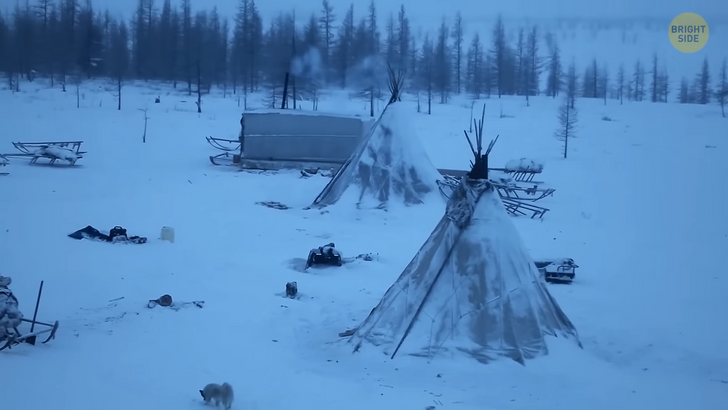
About 30 people lived in the village. And they’re all gone. Local residents from neighboring villages can’t help since they have no idea what has happened. The only thing that the police have noticed is unusual blue lights. In this area, the northern lights are a common phenomenon. People living here regularly see a glow in the starry sky. But the police have seen something else — pulsing blue lights. Also, other hunters have witnessed something similar. They say that some strange things were flying in the sky.
This all happened in 1930. It’s been almost 90 years since the disappearance of the village, and people have created a bunch of theories. The most popular of them is an attack of an extraterrestrial civilization. According to this theory, the blue lights in the sky that the locals and the police saw were spaceships. Some believe that one ominous night, these ships flew to the settlement and took away all the people.
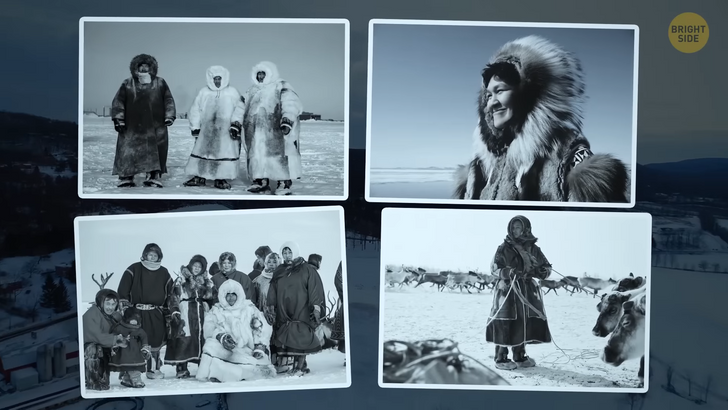
In addition to these sci-fi versions, there were also more realistic ones. Internet users have found out that Joe Labelle didn’t have a hunting license. Maybe he wasn’t a professional and made it all up. But at that time, many hunters didn’t have a license, so Joe’s words may be true. But if we try to find out where all this information came from, we’ll see that the primary sources were books and some newspaper articles from the 30s. But none of them can confirm that the mysterious story of Lake Anjikuni is true. Perhaps, this entire story was made up.
Now, let’s leave the snows of Canada and head for the hot plains of India. In this big country, there’s one sinister village where people also disappeared without a trace. This happened in the first half of the 19th century. Still, locals avoid this place even now because they believe that invisible evil forces live there. Let’s check and find out what happened to the village of Kuldhara (Cool-DA-ra).
It’s located in the district of Rajasthan. To get there, you can use a taxi to get to the nearest village or city. The village is located far from other settlements. It looks deserted. There are only ruins. It looks like archaeologists have recently dug this place out of the ground and left it here. But this is not an ancient city. The village was abandoned more than 200 years ago. But up to that point, this place had been thriving.
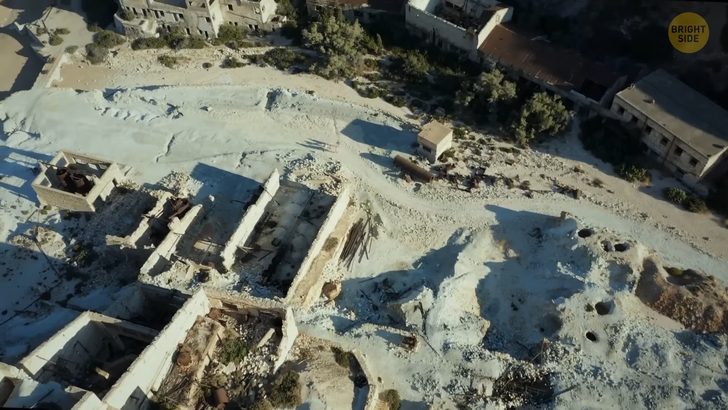
Kuldhara was a large village. Local people were mostly farmers. They sold their agricultural products. And then, one night, everything changed. People abandoned their homes and stuff and ran away from there. No one knows why they did it, and no one knows where they went. Nobody has ever seen the inhabitants of Kuldhara again.
Apart from tourists, almost no one comes here. The locals are sure that the village is cursed and is the center of paranormal activity. If you ask residents of other nearby towns or read the information on the Internet, you will learn a couple of legends about this place. One popular version says that people left this village because of a lack of water. However, this version doesn’t explain why the residents did it overnight and left their things behind.
According to another version, the villagers ran away to save the daughter of the Kuldhara chief. One local ruler fell in love with her and wanted to marry her. He threatened the locals with grave consequences if the girl rejected him. The ruler gave them one day to make a decision. The residents disagreed with such a requirement. As a sign of solidarity, they decided to leave the village together with the chief and his daughter. But if this is true, why did no one else see these people? They must have escaped to another settlement. In addition, they needed their things on the way there. The stories of Kuldhara and Lake Anjikuni have one thing in common. People left a comfortable and safe place for an unknown reason.
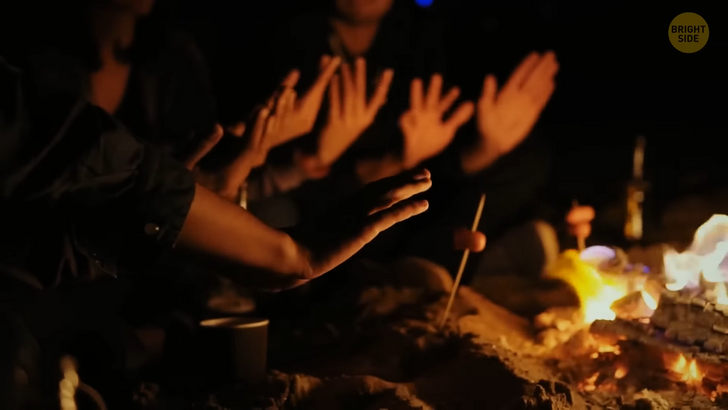
A similar story happened in Ireland with a small village on the island of Achill. About forty simple houses made of stone and straw were located along the valley of Keem Bay. The village was mentioned in documents dated back to the 1830s as a group of small buildings. But today, there’s practically nothing left of it except pieces of walls and small mounds of ground.
People from other settlements don’t remember this village. But we know about it thanks to the records of travel writers. They described the incredible beauty of this place and the village in their diaries.Students of the local archaeological school tried to find the answers. They started excavations and discovered that the villagers could have left the village because of hunger or some disease.











